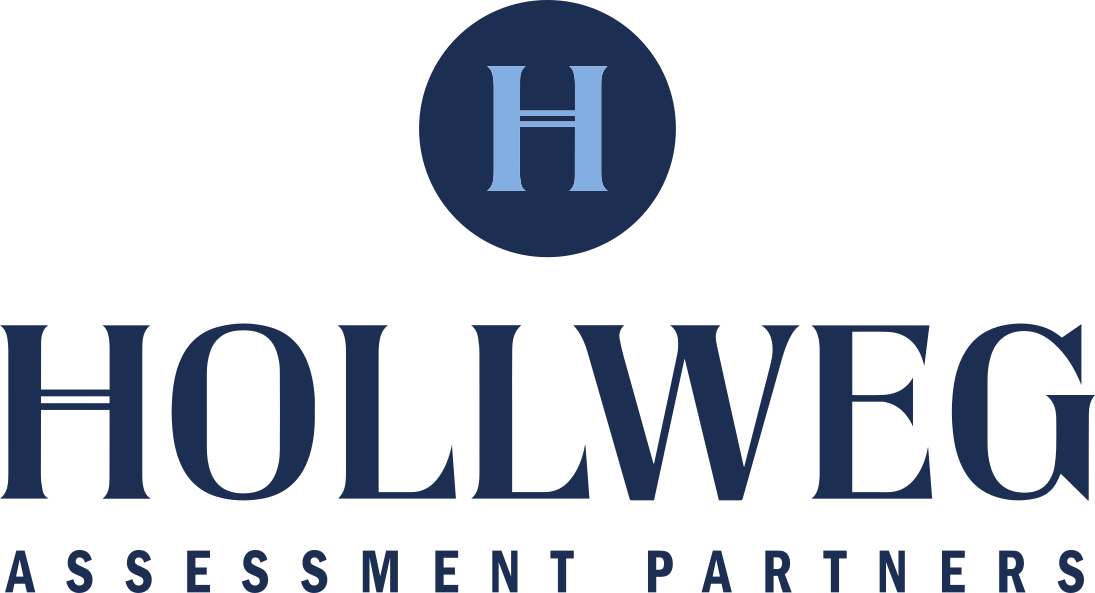Decision Making/Problem Solving
Organization
(Focus & Organization, Time Utilization, Priority Focus)
Problem Anticipation
(Planning, Long Range Thinking)
Analytical Thinking
(Detail Orientation, Detailed Analysis)
Innovative Thinking
(Creativity)
Practical Problem Solving
(Practical Thinking, Common Sense, Realistic Thinking)
People Leadership
Assertiveness
(Ability to Take Charge, Willingness to Take Charge)
Tough-Mindedness
(Conflict Management, Holding Team Accountable)
Positive People Orientation
(People Relations)
Insight
(Interpersonal Insight)
Work Style
Drive & Energy
(Action Orientation, Stamina)
Self-Reliance
(Independent Initiative, Self-Motivation, Initiative)
Process Orientation
(Need for Structure, Acceptance of Authority, Rule Orientation)
Flexibility
(Multi-Tasking, Need for Diversion)
Results Focus
(Results Orientation)
Accommodation
(Service Orientation, Team Orientation)
Personal Characteristics
Self-Discipline
(Conscientiousness, Responsibility, Restraint)
Emotional Consistency
(Capacity to Handle Pressure, Stress Tolerance, Resilience)
Objectivity of Viewpoint
(Objectivity, Criticism Tolerance)
Confidence
(Self-Assuredness, Self-Confidence)
Learning Agility
Quantitative Reasoning
(Numeric Reasoning)
Navigating the Resources
- Read the information below about the trait to develop a greater understanding of your strength/opportunity.
- Consider the Stop, Start, Continue examples to create your own actionable change behaviors.
- Explore the trait more fully by taking advantage of the weblinks below.
Insight
Insight measures the extent to which you pick up on subtleties of behavior and recognize the needs/feelings of others. Further explore information about insight using the resources below.
Strength
Higher levels of insight indicate you tend to accurately interpret the link between others’ behaviors and emotions.
Opportunity
Lower levels of insight indicate you may struggle to recognize subtle nuances and how they reflect the internal state of others.
Excess
Excessive levels of insight indicate you may spend too much time worrying about others’ motives and misjudge situations.
Identify an opportunity area that you would like to change. Then, develop behaviors that you can Stop (unhelpful or limiting behaviors), Start (behaviors that you can begin now), and Continue (behaviors that you already do well) to improve in this area. Use the examples below to help create your own Stop, Start, and Continue behaviors.
| Stop | Start | Continue |
| Looking past the emotional aspects of decisions. | Considering how others may be feeling when you make decisions. |
Asking others for their opinions when making decisions. |
| Assuming everyone is motivated by the same thing. | Thinking through the multiple people you know and what motivates them; extend this thoughtfulness to others at work. | Widening your perspective to expand your information channels. |
| Avoiding the messy, human elements of work. | Expanding your ability to express appropriate vulnerability by acknowledging the human emotions we all experience. | Finding role models to interact with. |
Insight Weblinks for Development:
How to Become the Most Insightful Person in the Room
The Critical 7 Rules to Understand People
7 Ways to Develop Your Insight
Insight Leadership Weblinks for Development:
Beyond Mere Knowledge: 5 Habits to Cultivate Greater Insight Through Reflective Learning
6 Things Really Thoughtful Leaders Do
5 Ways Insightful Leaders Keep Their Teams Working Calmly During Tumultuous Change
